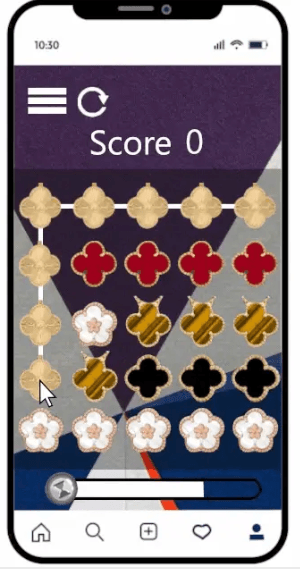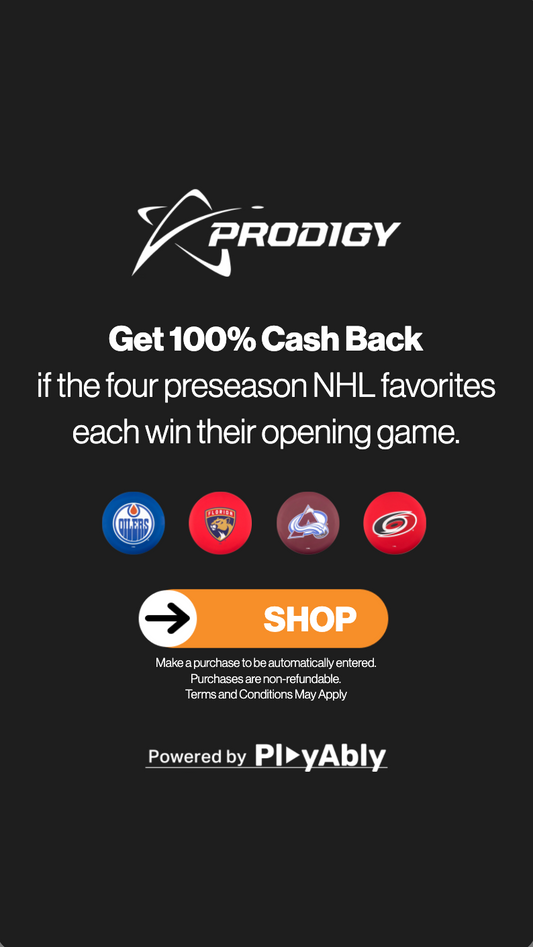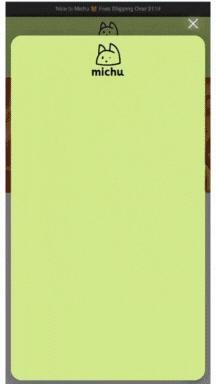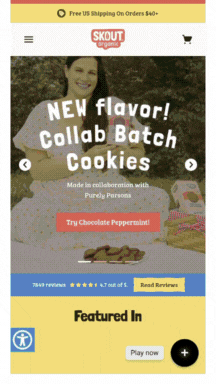A High-End Approach to Gamification: How to Keep It Classy
Vintage Cars Customizable Game
Creating Customer Journeys Experiences in eCommerce with Gamification
Download The Guide
When implementing gamification for a luxury or high-end brand, ensuring that the game’s design, tone, and functionality align with the brand's prestigious image is key. Gamification can be a powerful tool for engaging affluent customers, but the execution must reflect the same refinement and elegance that the brand itself conveys. This means focusing on aesthetics, user experience, and a carefully crafted reward system that speaks to exclusivity and sophistication.
Luxury brands often face the challenge of maintaining their elite status while introducing playful, interactive elements. A perfect example of balancing these two elements comes from Sephora. Their gamified experiences, such as interactive beauty quizzes, are sleek and visually aligned with their sophisticated branding. Sephora’s gamification strategy ensures that users feel like they’re participating in a curated, high-end experience while still engaging with the brand in a fun and interactive way(Emplifi).
Vintage Cars Customizable Game
Gamification and conversion optimization go hand in hand. While gamification keeps users engaged, conversion optimization ensures that engagement leads to action—whether that’s making a purchase.
Download The GuideThe Importance of Aesthetic Design and User Experience
For high-end clientele, the design and usability of the game must mirror the luxurious experience they expect from the brand. The user interface should be intuitive and visually stunning, with attention to detail in every element, from typography to color palette. Just as you wouldn’t compromise on the design of your website or physical stores, the gamified elements must be seamless and polished.
Consider incorporating elegant animations, high-quality images, and refined color schemes that are consistent with your brand’s visual identity. For instance, Burberry used gamification during a digital campaign, where users could explore an interactive online world that matched their sleek, minimalist brand image(Elegant Themes). This level of cohesion ensures that the gamified experience enhances the overall brand perception, rather than detracting from it.
Exclusive Rewards and Personalized Experiences
Luxury gamification should offer something unique and exclusive, reflecting the status of the clientele. Rewards should be thoughtfully chosen to align with the brand’s image. For example, instead of offering typical discounts, high-end brands could offer exclusive access to new collections, personalized consultations, or bespoke products. These incentives appeal to a luxury audience by making them feel valued and giving them access to something beyond what is typically available.
Take the Starbucks Reserve program, a more premium version of the brand's standard rewards system. Starbucks Reserve offers higher-tier rewards and exclusive benefits, which resonates with customers seeking an elevated experience(Emplifi). Similarly, luxury brands can use gamified rewards systems to give their audience access to exclusive, invite-only events or pre-sale collections. The goal is to make participants feel like they’re part of an elite community, not just a gamified program.



